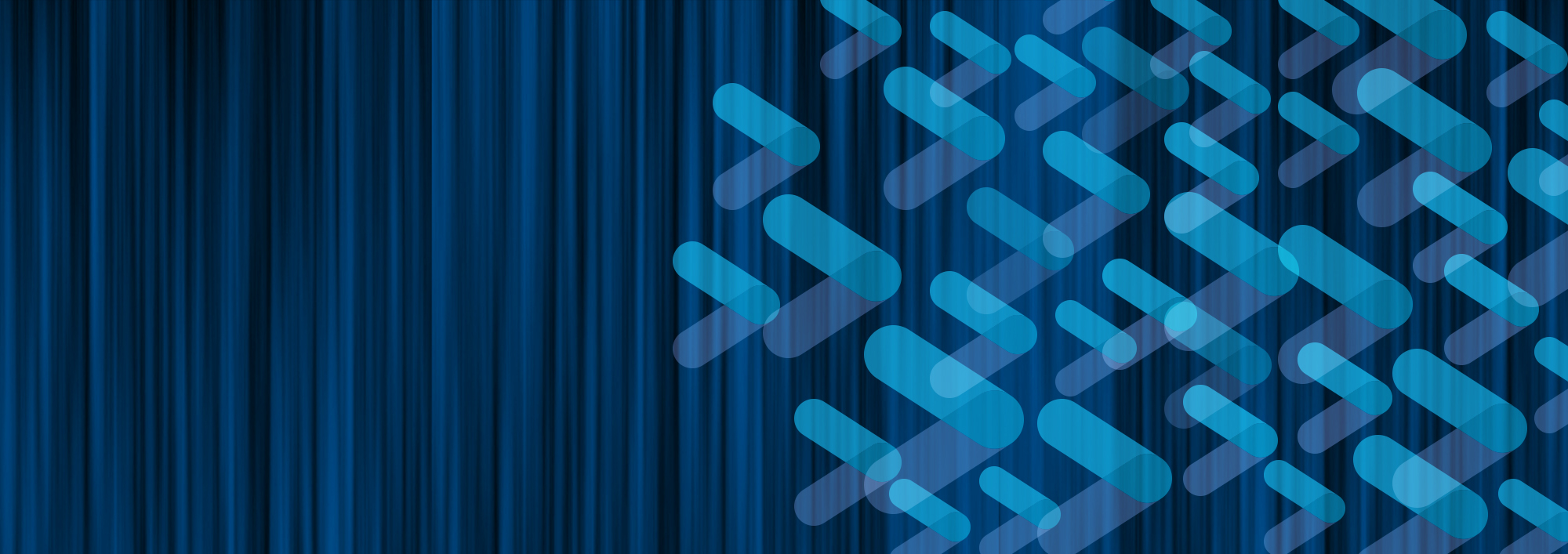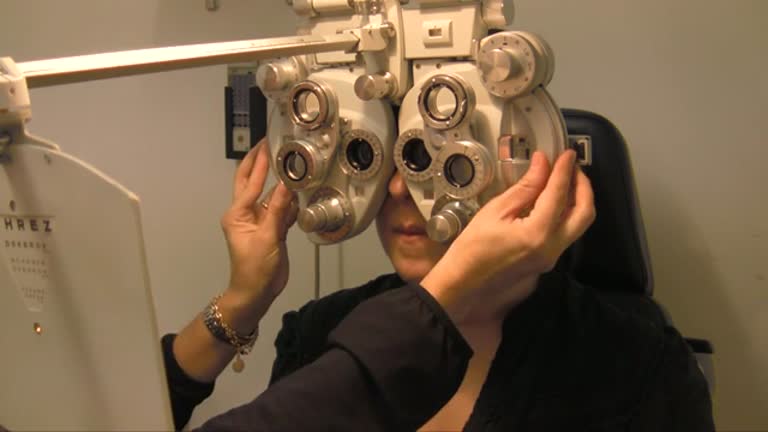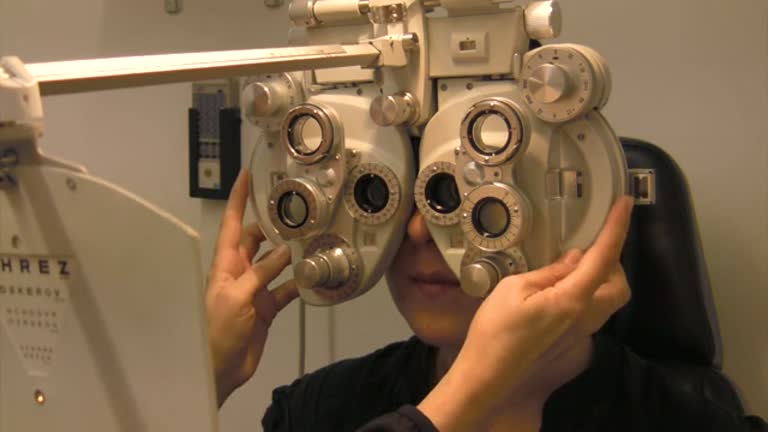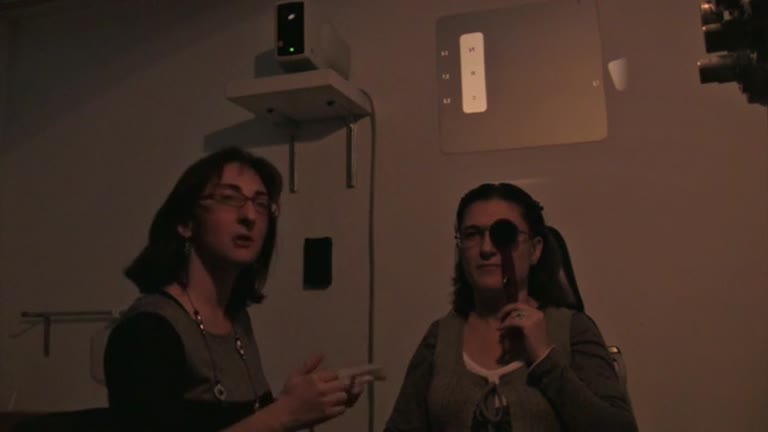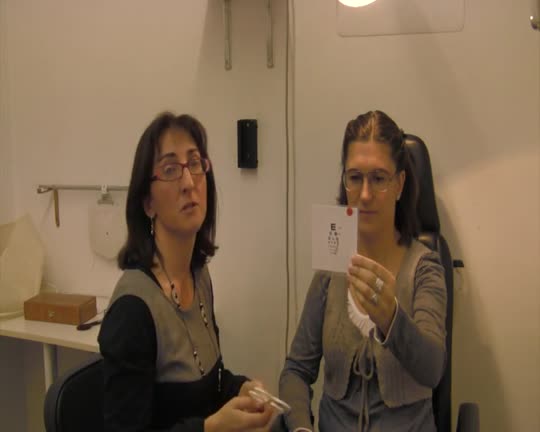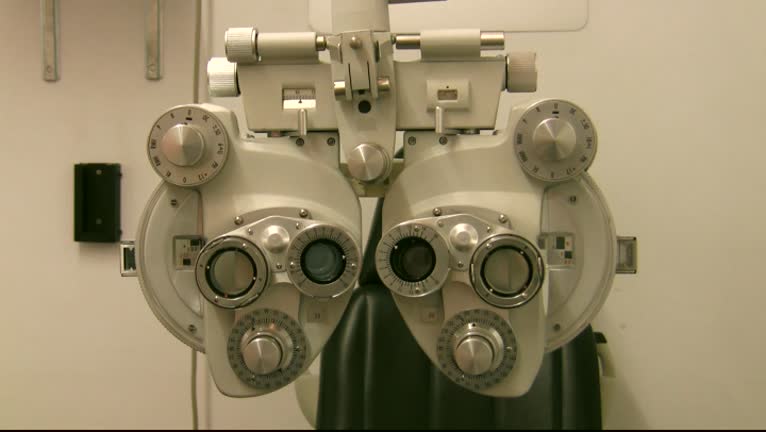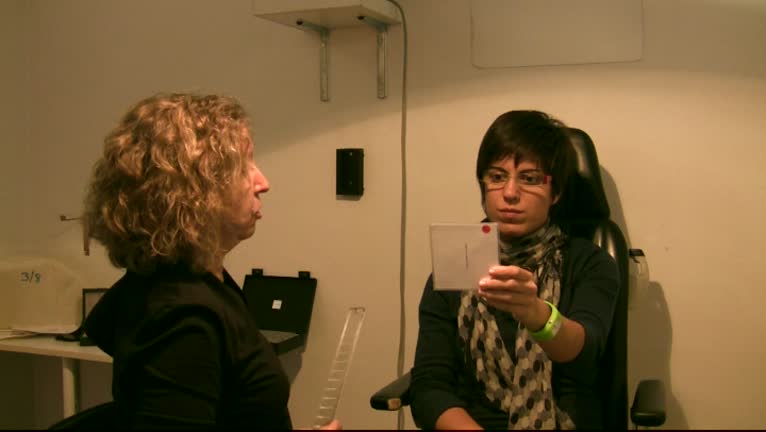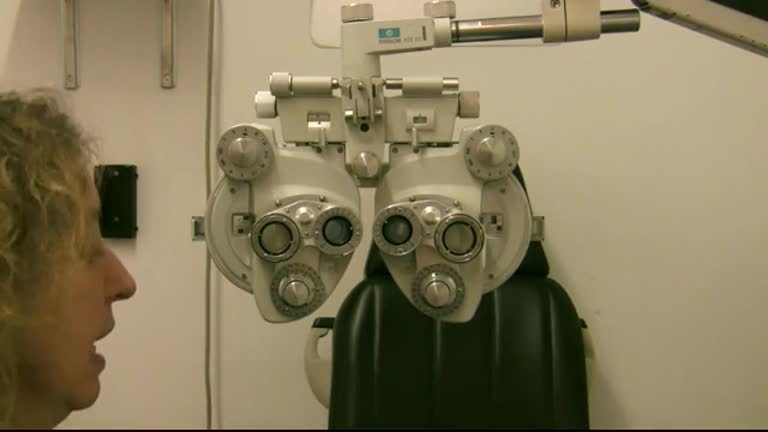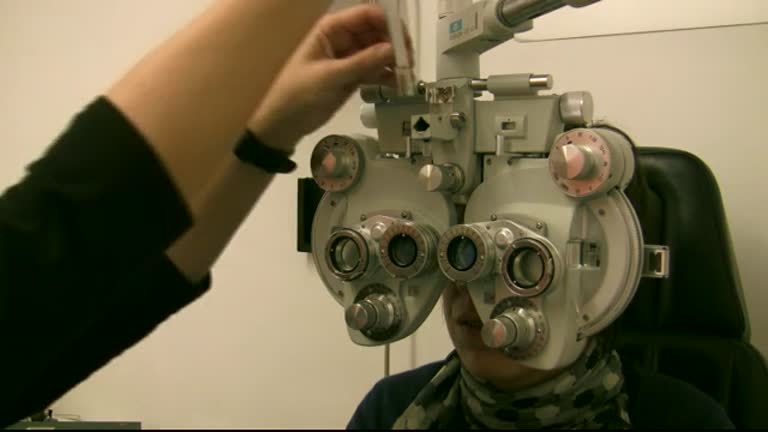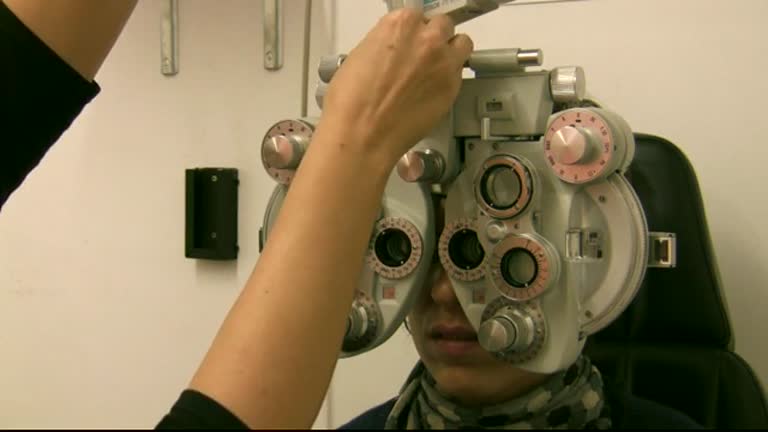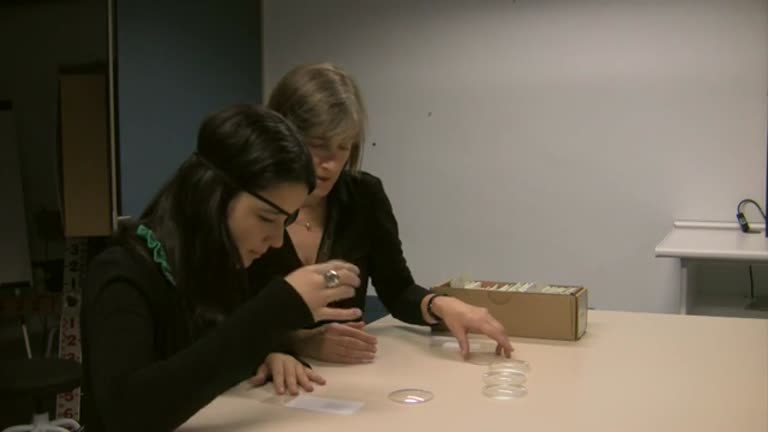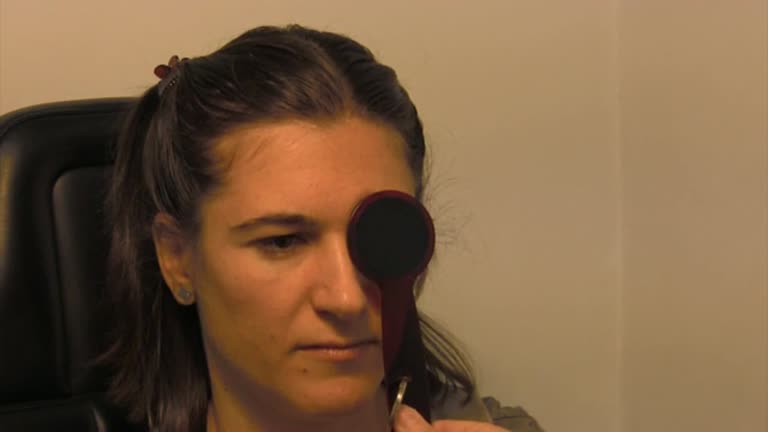Objectes multimèdia amb l’etiqueta: Ciències de la visió
Resultats de la cerca
Medida de la ARN (Acomodación relativa negativa)
Accés obert
1 de juny 2011
Medida de la ARN (Acomodación relativa negativa)
Medida de la ARN (Acomodación relativa negativa)
Medida de la ARN (Acomodación relativa negativa)
Medida de la ARP (Acomodación relativa positiva)
Accés obert
1 de juny 2011
Medida de la ARP (Acomodación relativa positiva)
Medida de la ARP (Acomodación relativa positiva)
Medida de la ARP (Acomodación relativa positiva)
Medida de la flexibilidad acomodativa en VL
Accés obert
1 de juny 2011
Medida de la flexibilidad acomodativa en VL
Medida de la flexibilidad acomodativa en VL
Medida de la flexibilidad acomodativa en VL
Medida de la flexibilidad acomodativa en VP (caso 1)
Accés obert
1 de juny 2011
Medida de la flexibilidad acomodativa en VP (caso 1)
Medida de la flexibilidad acomodativa en VP (caso 1)
Medida de la flexibilidad acomodativa en VP (caso 1)
Medida de la flexibilidad acomodativa en VP (caso 2)
Accés obert
1 de juny 2011
Medida de la flexibilidad acomodativa en VP (caso 2)
Medida de la flexibilidad acomodativa en VP (caso 2)
Medida de la flexibilidad acomodativa en VP (caso 2)
Medida de la foria lateral con foróptero (Von Graeffe)
Accés obert
1 de juny 2011
Medida de la foria lateral con foróptero (Von Graeffe)
Medida de la foria lateral con foróptero (Von Graeffe)
Medida de la foria lateral con foróptero (Von Graeffe)
Medida de la foria vertical con barra de prismas (Von Graeffe)
Accés obert
1 de juny 2011
Medida de la foria vertical con barra de prismas (Von Graeffe)
Medida de la foria vertical con barra de prismas (Von Graeffe)
Medida de la foria vertical con barra de prismas (Von Graeffe)
Medida de la foria vertical con foróptero (Von Graeffe)
Accés obert
1 de juny 2011
Medida de la foria vertical con foróptero (Von Graeffe)
Medida de la foria vertical con foróptero (Von Graeffe)
Medida de la foria vertical con foróptero (Von Graeffe)
Medida de reservas de vergencia horizontales con foróptero
Accés obert
1 de juny 2011
Medida de reservas de vergencia horizontales con foróptero
Medida de reservas de vergencia horizontales con foróptero
Medida de reservas de vergencia horizontales con foróptero
Medida de reservas de vergencia vertical con foróptero
Accés obert
1 de juny 2011
Medida de reservas de vergencia vertical con foróptero
Medida de reservas de vergencia vertical con foróptero
Medida de reservas de vergencia vertical con foróptero

